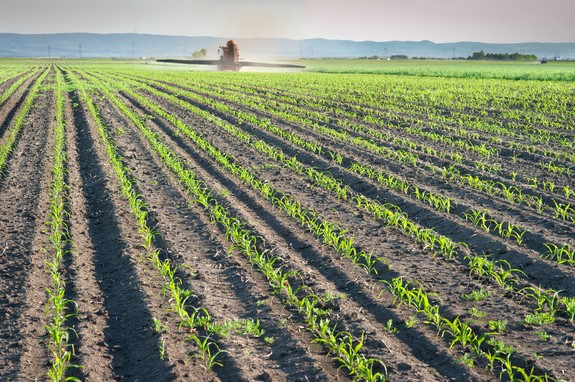
By Nick Law, Staff Writer and Editor for Save The Water™ | September 16, 2015
On July 16, 2015, the government of Alberta issued an emergency alert to the residents of Vulcan County after urea ammonium nitrate (UAN) spilled onto nearby private land. Residents were warned not to use the water in the Little Bow River for cooking or bathing, and boiling would not remove the contamination risk.
The Little Bow River flows into the Traverse Reservoir. Fortunately, Alberta Environment workers swiftly detected and contained the spill. After water testing, officials declared no risk to human health, and the government lifted the advisory on July 19, 2015 【http://bit.ly/2GwB51n】.
If the spill had been larger—or the response slower—the results could have been far worse. For comparison, a 2010 study in Tianjin, China showed nitrate levels in rivers, reservoirs, and sewage water exceeding safe drinking standards set by the WHO. Researchers attributed the contamination not to spills, but to the long-term, widespread use of nitrogen fertilizers leaching into soil and groundwater.
UAN is a liquid fertilizer made from urea and ammonium nitrate. It can irritate skin and eyes on contact and should only be handled with protective gear 【http://bit.ly/2ntJjyz】.
Ingestion can lead to methemoglobinemia, a dangerous condition where hemoglobin loses its ability to carry oxygen. Symptoms include cyanosis (bluish skin) and, in severe cases, death.
High nitrate exposure has also been linked to cancers of the stomach, colon, bladder, lymphatic, and hematopoietic systems.
Environmentally, UAN promotes plant growth, but in water bodies it accelerates eutrophication. This process causes algal blooms, oxygen depletion (anoxia), and mass die-offs of fish, invertebrates, and shellfish.
Nitrates dissolve easily in water and persist. Current removal methods—such as distillation, reverse osmosis, ion exchange, and electrodialysis—are complicated and costly 【http://journals.usamvcluj.ro/index.php/promediu/article/view/4846/4500】.
Despite these risks, nitrate fertilizers remain widely used because they are cheap and effective, while global demand for food production continues to grow.
Save the Water™ continues raising awareness of water contamination and advocating for clean-water technologies.